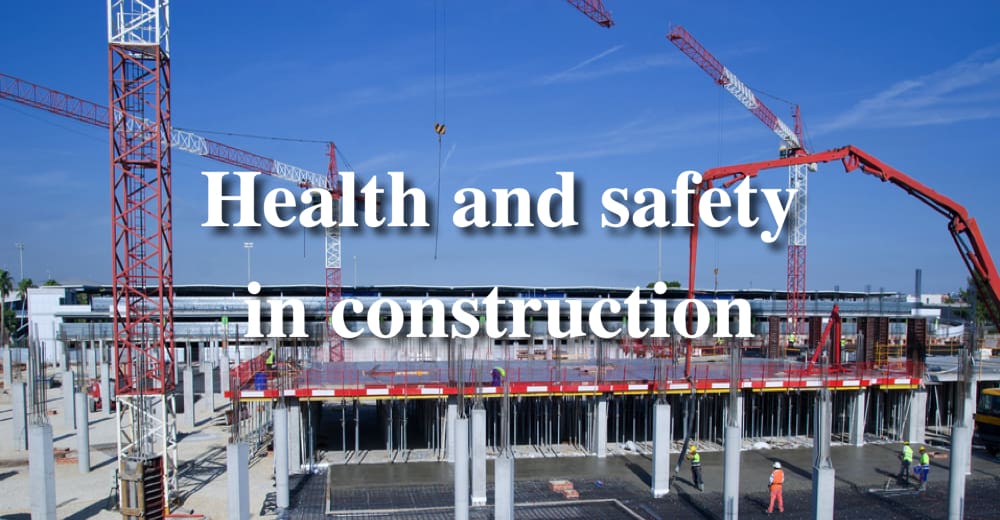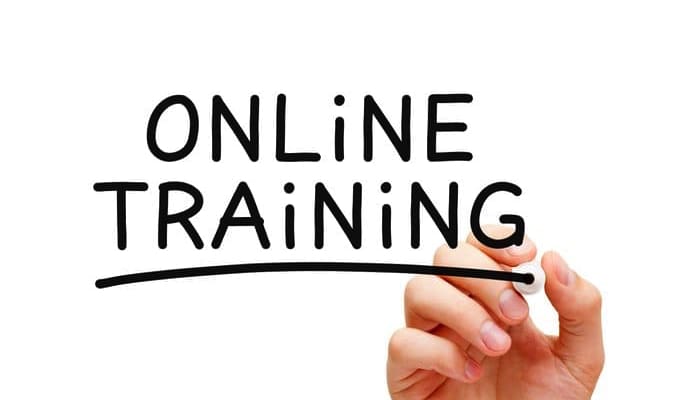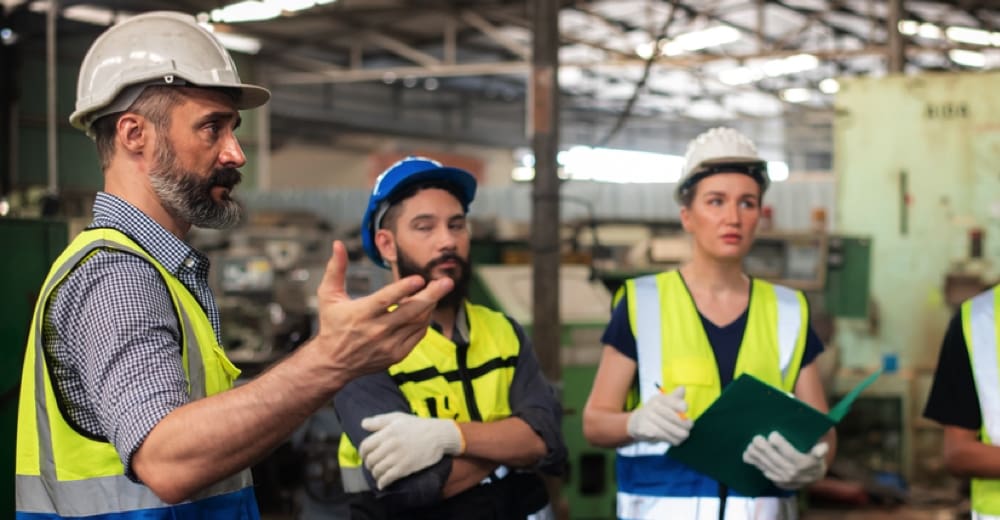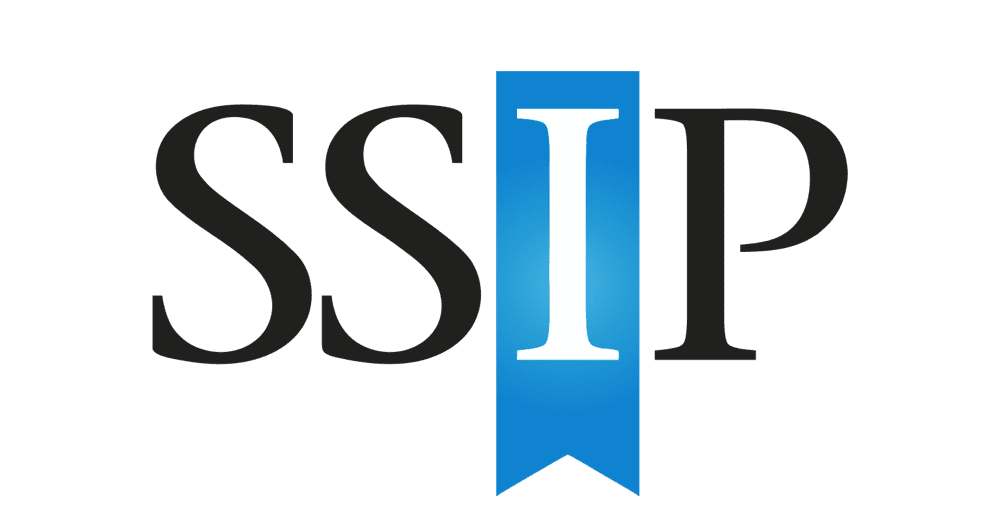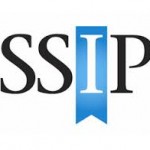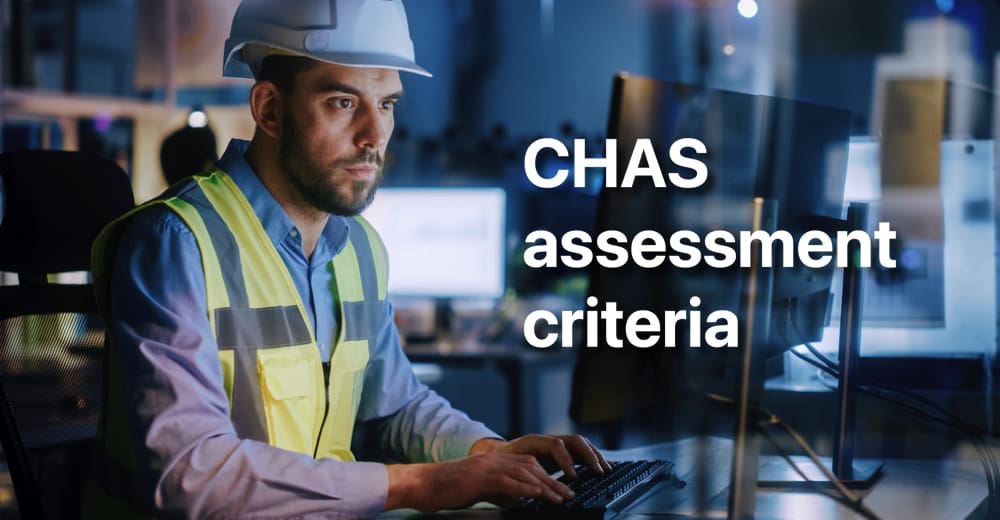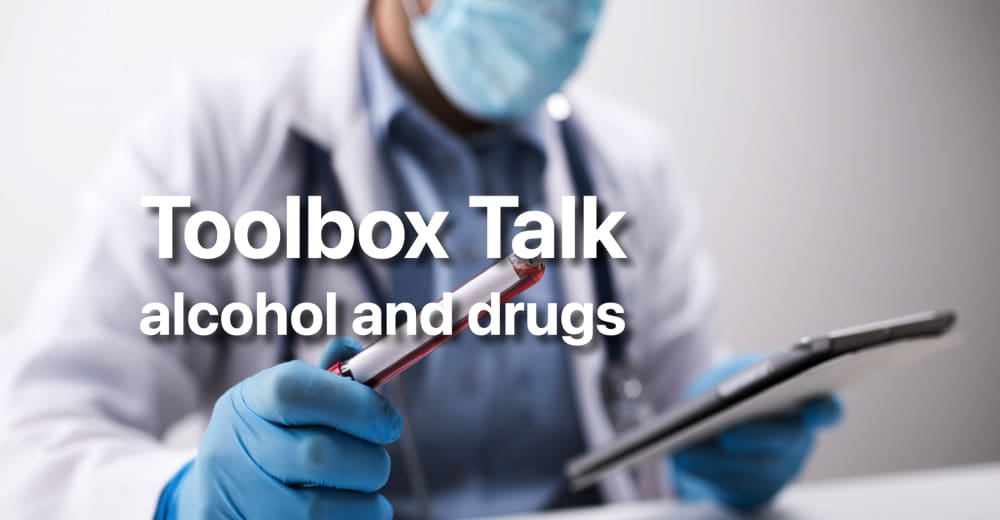Health and safety in construction
In the fast-paced world of construction, safety is of paramount importance. From home extensions to infrastructure projects that shape our country, the welfare of workers and the public is our first consideration.
When it comes to creating a culture of safety, construction companies must have robust processes and systems in place.
- Health and safety legislation
- Common hazards in the construction industry
- Implementing health and safety on construction sites
- Safety planning and risk assessment in construction projects
- Personal protective equipment (PPE) in construction
- Training and education for construction safety
- Construction site inspections and audits
- Creating a culture of safety on construction sites
- Site Manager Compliance Kit
- SSIP Accreditation
- HSG150 health and safety in construction
Health and safety legislation
Health and safety legislation in the workplace is the Health and Safety at Work Act 1974This legislation sets out the duties of employers, employees, and others.
Responsibilities of employers
- Assess risks: Identify risks to employees, customers, and others
- Create a policy: Have a written health and safety policy if they employ five or more people
- Provide training: Ensure staff are adequately trained
- Provide welfare: Ensure adequate welfare provisions are available
- Provide information: Ensure employees have access to relevant information, instruction, and supervision
- Consult employees: Consult employees about risks and preventive measures
Responsibilities of employees
- Have a duty of care to themselves and others
Other construction-related health and safety legislation
- Construction (Design and Management) Regulations 2015
- Control of Substances Hazardous to Health Regulations (COSHH) 2002
- Health and Safety (Consultation with Employees) Regulations 1996
- Lifting Operations and Lifting Equipment Regulations (LOLER) 1998
- Management of Health and Safety at Work Regulations 1999
- Provision and Use of Work Equipment Regulations (PUWER) 1998
- Work at Height Regulations 2005
Common hazards in the construction industry
The construction industry is fraught with hazards that can lead to serious accidents if not properly managed.
- There were 51 fatal injuries to workers in 2023/24
- 47,000 workers sustained non-fatal injuries at work averaged over the three years 2021/22-2023/24
One of the most prevalent risks is falls, which can occur from heights such as scaffolding, ladders, or roofs.
Another common hazard is the risk of being struck by objects. This can happen when tools or materials are improperly secured or when heavy machinery is involved.
Construction site workers are often close to moving equipment, and the potential for accidents increases.
Exposure to hazardous substances, such as asbestos and silica dust, poses a significant risk.
Implementing health and safety on construction sites
Implementing health and safety processes and systems on construction sites is essential. Many clients now insist that contractors hold a minimum health and safety standard. SSIP (Safety Schemes in Procurement) implemented the standard. SSIP is an umbrella organisation formed in 2009 to reduce the duplication of health and safety assessments. CHAS and PQS are suppliers of the standard.
Below is a health and safety checklist for a typical site construction setup
- Company health and safety policy
- Construction Phase Health and Safety Plan (CDM 2015), which can be easily amended and edited for specific projects
- Site setup check sheet
- Site Rules
- Site Induction
- Site Registers – PPE, Plant & Equipment etc
- Permits to Work – Confined Space, Excavation, Hot Work, Asbestos, etc
- Site inspection Check Sheets – Scaffold, Dumper, Excavator etc
- Risk assessments and method statements
- COSHH data sheets
- Toolbox training
- Worker training records
Safety planning and risk assessment in construction projects
Planning work operations is a key factor in keeping people safe on-site. The process is to develop a method statement of how the work will be executed and then develop a risk assessment. The risk assessment analyses the risks and looks at ways to mitigate them. The project planner may adjust the method statements if the risk assessment finds that the risk is too high.
Ready for use Risk assessment and method statements templates.
Personal protective equipment (PPE) in construction
Personal protective equipment (PPE) is the last line of defence to keep people safe. PPE can include the following:
- Hard hat
- His visibility vests and trousers
- Ear protection
- Eye protection
- Lung protection
- Hand protection
- Skin protection
- Foot protection
The site manager must ensure that their workers are provided with the necessary equipment and trained on how to use it effectively. A PPE register is vital to control who had what and when.
Site training
Training and education are fundamental for a safe construction site. On-site training includes:
- Site induction
- Toolbox talks
- Health and safety essential training
On-site e-learning to train site workers saves time and cost.
A training register is vital to control who had what and when.
Construction site inspections and audits
Regular inspections and audits of construction sites are critical for ensuring ongoing health and safety compliance.
Inspections help identify potential hazards that may have arisen since the last inspection and ensure that safety measures are effectively implemented.
Inspections can be conducted by internal safety officers or external auditors, providing an objective perspective on the effectiveness of the site’s safety practices.
Creating a culture of safety on construction sites
Creating a safety culture begins with a commitment from leadership to prioritise health and safety measures at all levels of the organisation.
By communicating that health and safety are priorities in the company culture, workers will feel empowered to work safely and promote safety with their workmates.
Site Manager Compliance Kit
Overview
The Site Manager Compliance Kit is an essential tool for every contractor. The Compliance Kit contains all of the information and documentation needed to comply with the requirements of today’s Safety Regulations.
Includes
- Construction Phase Health and Safety Plan (CDM 2015), which can be easily amended and edited for specific projects
- 70 Toolbox Talk Documents
- 65 Completed Risk Assessments
- 41 COSHH Assessments
- Site inspection Check Sheets – Scaffold, Dumper, Excavator etc
- Permits to Work – Confined Space, Excavation, Hot Work, Asbestos, etc
- Site set-up check sheet
- Site Induction
- Site Rules
- Site Registers – PPE, Plant & Equipment etc
CHAS Accreditation
If you want to implement CHAS, we can help you achieve this goal.
The CHAS assessment standards and requirements are listed below.
- Policy
- Occupational Health
- Behavioural Management
- Enforcement Actions
- Accident Reporting and Investigation
- Fleet Operations / Management Scheme
- Competent Advice – Corporate and Construction
- Drug and Alcohol Policy
- Training and Information
- Qualifications and Experience
- Monitoring, Audit and Review
- Risk Assessment and Safe System of Work
- Workforce Involvement
- Co-operation and Co-ordination
- Welfare Provision
- Subcontractors and Sub-consultants
- Responsible Person
- Contractor
- Declaration
HSG150 health and safety in construction
HSG150 Health and Safety in Construction explains the essential tasks for achieving healthy and safe construction sites.
It helps the reader to identify hazards and control risks and explains how to plan, organise, control, monitor and review health and safety throughout the life of a project.
It is aimed at everybody involved in construction work, including clients, designers, contractors and individual workers. Clients, designers and others who specify construction work may also find the book useful.







